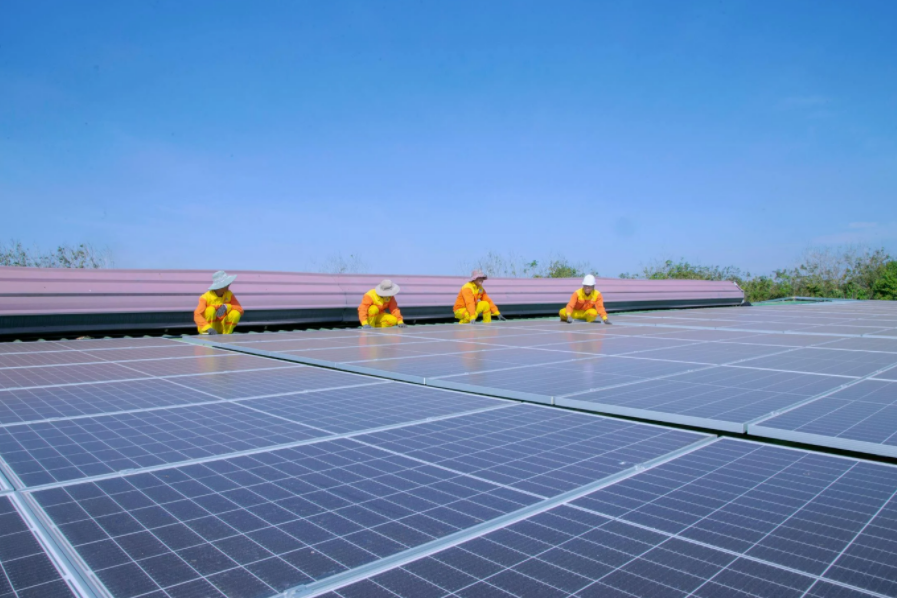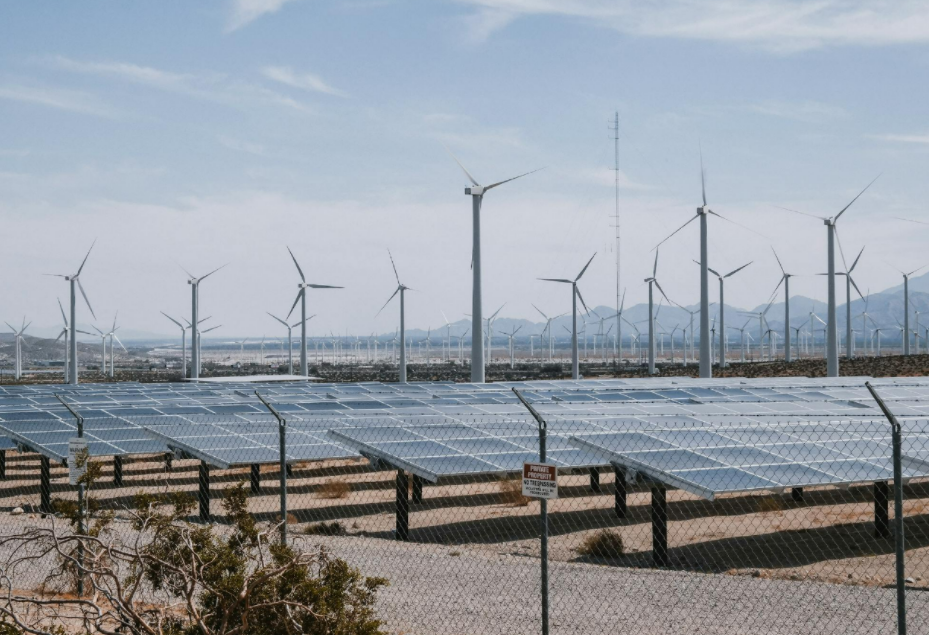According to a White House proclamation released late on Aug 12th, the tariff-rate quota on solar cells will increase to 12.5GW from 5GW. The tariff currently is set at 14.25%.
The market believes that Biden’s modification of import restrictions may due to the mismatch between domestic PV cell production capacity and module production capacity in the US.
Due to the strict restrictions on the import of PV modules and a shortage of local modules, a large number of Chinese companies set a module plant in the US. But with the increase of module capacity, local cell supply has also begun to fall behind, leading to a continuous increase in cell imports.
In the past two years, many Chinese PV companies have built module plants in the US, most of which will be put into operation before the end of this year. The cell supply of these module plants is mostly from importing, so it is expected that the demand for solar cells in the US will increase sharply.

Multiple Chinese companies set up plants in the US
According to a report in July, Chinese companies will have at least 20GW of annual solar module production capacity in US by 2025, which is enough to serve about half of the US market.
Longi Solar has established a 5GW PV module plant in a joint venture with American clean energy developer Invenergy, which is expected to start production by the end of this year. The company also planned to build a PV cell plant in the United States.
Trina Solar also plans to build a 5GW PV module plant in Texas, which will begin production this year. Trina Solar has been supplying PV modules to the US market for nearly 20 years. And it’s currently planning a cell plant to supply the module plant in Texas.
JinkoSolar opened a 400MW PV module plant in Jacksonville, Florida in 2018. Last year, the company announced plans to invest $52 million to triple the production capacity of its US base by the end of 2026. The company announced that the factory will hire 600 employees.
JA Solar announced that it would invest $60 million to build a 2GW solar module plant in Phoenix, Arizona, which is expected to create over 600 jobs and begin production this year.
Among non-listed companies, Runergy sets up a 5GW module factory in Huntsville, Alabama, USA. It’s also planning a new expansion project which is expected to add 1500 job positions.
In addition, Boviet Solar has invested $294 million to build a 2GW solar cell and module factory in Greenville, North Carolina, which is expected to begin production in the first quarter of 2025. Boviet also plans to build a 2GW cell factory, which will begin production in 2026.

Different attitudes from various parties
At present, Chinese companies who build factories in America mainly invest in the production of PV modules. They import PV cells and assemble them into modules in the United States, and receive subsidies for renewable energy manufacturing.
But the influx of Chinese enterprises undoubtedly means a competitive crisis for domestic manufacturers in the United States. In mid July, some American manufacturers launched a joint call to the Biden administration to tighten the tax credit policy review for manufacturers, claiming that some local project manufacturers secretly use imported Chinese PV modules in actual installations and then apply for tax exemptions under the guise of local manufacturing.
A group of lawmakers from both parties in the United States proposed a bill aimed at preventing Chinese PV module manufacturers from applying for subsidies for their US factories in August.
However, some state governments, such as Texas, Arizona, Ohio, and North Carolina, show welcome to Chinese companies.
They believe that Chinese companies have more experience in building factories and establishing supply chains, which can help mature the local PV manufacturing industry and provide working opportunities.
Some companies believe that regardless of political developments, the United States will still be an important market in the future.


